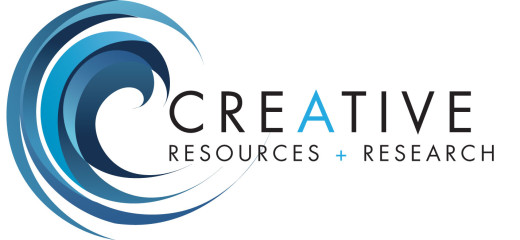Writing the Needs Section of Your Grant Proposal: The Best Online Sources
A strong needs section is a critical element of any grant proposal, as it provides a compelling justification for the program or project you’re seeking support. To create an impactful needs section, you’ll need to rely on reliable data sources for demographic, employment, and crime statistics. In this blog post, we’ll explore the top 10 online sources for this vital data, helping you create a persuasive needs section that clearly demonstrates the challenges your community faces and the need for your nonprofit’s efforts.
- United States Census Bureau [https://www.census.gov]
The U.S. Census Bureau is an invaluable resource for demographic data. The Bureau’s website offers a plethora of information on population size, age distribution, income, housing, family structure, education, and more. - American FactFinder [http://factfinder.census.gov]
Now retired but its data is available through data.census.gov, this former U.S. Census Bureau resource provides access to comprehensive demographic, housing, economic, and geographic data from the Census and other surveys. - Bureau of Labor Statistics [https://www.bls.gov]
The Bureau of Labor Statistics (BLS) is the principal federal agency tasked with collecting and analyzing labor market data in the United States. It provides accurate, up-to-date information on topics such as employment, unemployment, wages, and occupational projections. - Data USA [https://datausa.io]
Data USA is an open data platform that presents a comprehensive visualization of U.S. public data. Access data on population, demographics, economic indicators, job markets, education, and health from various sources, providing you with a big-picture view of your community. - National Center for Education Statistics [https://nces.ed.gov]
The National Center for Education Statistics (NCES) is the primary federal entity for collecting and analyzing data related to education in the United States. Use this resource to gather data on school demographics, enrollments, student performance, dropout rates, and more. - U.S. Bureau of Economic Analysis [https://www.bea.gov]
The Bureau of Economic Analysis (BEA) provides access to essential economic statistics, including information on GDP, personal income, and industry data. This information can help you demonstrate the economic challenges and opportunities within your community. - The Annie E. Casey Foundation’s KIDS COUNT Data Center [http://datacenter.kidscount.org]
KIDS COUNT Data Center provides national, state, and local data on a variety of child and youth indicators, including demographics, education, health, and economic conditions. This resource is particularly useful for organizations focused on addressing the needs of children and families. - Uniform Crime Reporting (UCR) Program [https://www.fbi.gov/services/cjis/ucr]
The FBI’s UCR Program provides reliable crime statistics at the national, state, and local levels. Access the UCR’s annual publications, such as Crime in the United States, for crime rates and trends related to your community. - National Institute of Justice [https://www.ojjdp.gov/ojstatbb/index.html]
The National Institute of Justice’s website provides a wealth of information on crime and justice issues affecting youth. Access data on topics such as juvenile arrests, court cases, offenders, and victimization, as well as promising practices for combating juvenile delinquency. - National Neighborhood Indicators Partnership [https://www.neighborhoodindicators.org]
The National Neighborhood Indicators Partnership (NNIP) brings together local organizations that collect, analyze, and use neighborhood-level data to inform community-building and policymaking efforts. Search for NNIP partners in your area to access relevant local data and reports.
Conclusion
Leveraging these credible online data sources will help you craft a solid needs section that convincingly demonstrates the issues your community faces and the necessity for your program’s intervention. Remember, a well-researched and data-driven needs section sets the stage for a compelling and successful grant proposal, laying the groundwork for the description of your program and its potential impact. By using these resources, you’ll be well-equipped to create grant proposals that truly resonate with funders and show your dedication to addressing community challenges.


